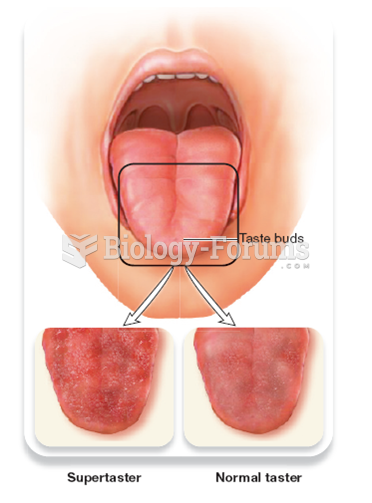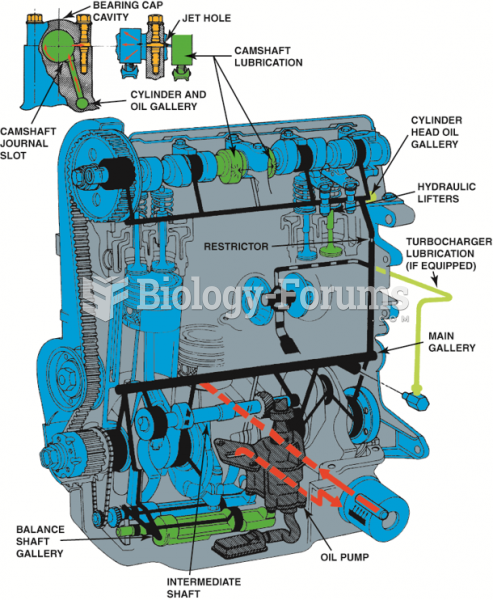Definition for Intermediate-density lipoproteins
From Biology Forums Dictionary
Intermediate-density lipoproteins belong to the lipoprotein particle family and are formed from the degradation of very low-density lipoproteins. IDL is one of the five major groups of lipoproteins (chylomicrons, VLDL, IDL, LDL, HDL) that enable fats and cholesterol to move within the water-based solution of the bloodstream. Each native IDL particle consists of protein that encircles various fatty acids, enabling, as a water-soluble particle, these fatty acids to travel in the aqueous blood environment as part of the fat transport system within the body. Their size is, in general, 25 to 35 nm in diameter, and they contain primarily a range of triacylglycerols and cholesterol esters. They are cleared from the plasma into the liver by receptor-mediated endocytosis, or further degraded to form LDL particles. Although one might intuitively assume that "intermediate-density" refers to a density between that of high- and low-density lipoproteins, it in fact refers to a density between that of low-density and very-low-density lipoproteins.



